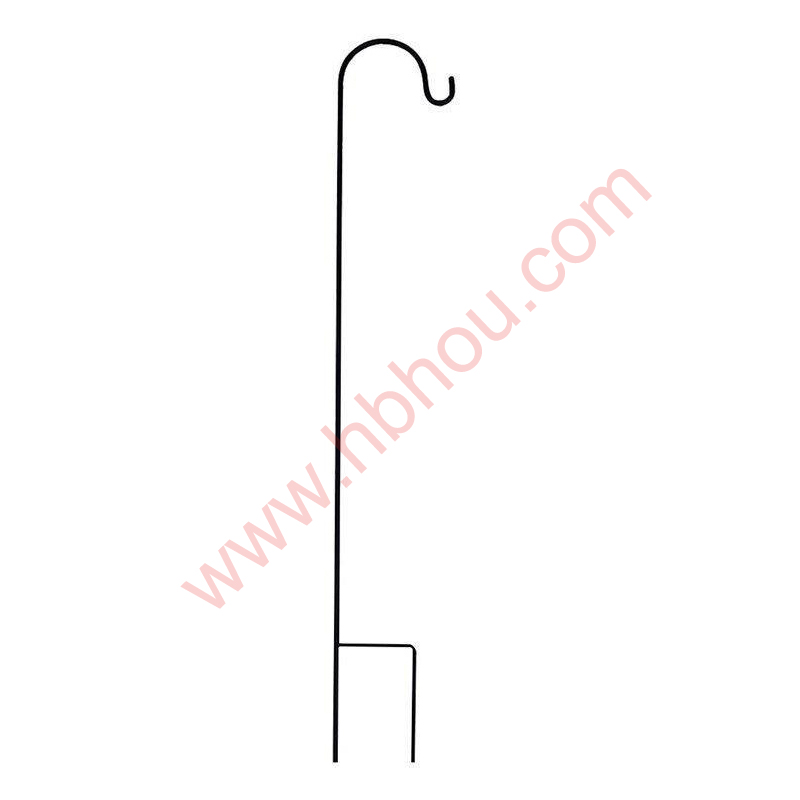Understanding Silt Fence Cost Per Foot Installed
Silt fences are essential erosion control measures commonly used in construction sites, landscaping, and various environmental management scenarios. Their primary purpose is to prevent sediment runoff and protect water quality during earth-disturbing activities. When planning a project that requires the installation of silt fences, one of the critical considerations is the cost, specifically the cost per foot installed. This article delves into factors influencing silt fence costs, typical price ranges, and considerations for effective installation.
What is a Silt Fence?
A silt fence is a temporary barrier made of geotextile fabric supported by wooden or metal posts. The fabric acts as a filter, allowing water to flow through while trapping sediment particles. This makes silt fences ideal for construction sites, mining operations, and any area where soil is disturbed. They are typically installed around the perimeter of a site or along waterways to minimize sediment transport into the environment.
Factors Influencing Silt Fence Costs
1. Materials Used The type of silt fence fabric significantly impacts the overall cost. High-quality geotextiles, designed to withstand harsh environmental conditions, may cost more upfront but offer better durability and effectiveness over time. Additionally, the cost of supporting posts (wood, metal, or plastic) can vary, influencing the overall expenditure.
2. Installation Method The complexity of the installation process also plays a crucial role in determining costs. Simple installations might require less labor and time, while more complicated setups—such as those needing heavier duty fences or additional stakes—will increase labor costs.
3. Location Geographic location affects pricing due to variations in labor costs and material availability. In urban areas, where labor rates are typically higher, the cost per foot installed may be more expensive compared to rural locations.
4. Site Conditions The nature of the soil and topography can also influence installation costs. Rocky or uneven terrain may require additional effort and equipment, increasing the cost. Moreover, environmentally sensitive areas often necessitate more meticulous installation practices, potentially raising costs.
5. Project Size Larger projects often benefit from economies of scale, resulting in lower per-foot costs. Conversely, small projects may incur higher rates due to the minimum labor and material charges.
silt fence cost per foot installed

Typical Cost Ranges
On average, the cost of silt fence installation can range from $1 to $3 per foot. This estimate includes both material and labor costs. For high-quality materials or complex installations, the cost can increase to $5 or more per foot. It is crucial to obtain quotes from multiple contractors and assess the included services to ensure that the price reflects the value offered.
Considerations for Effective Installation
To maximize the effectiveness of silt fences and control costs, it is essential to consider proper installation practices
- Select the Right Location Install silt fences in locations where they can be most effective in capturing sediment and directing water flow.
- Ensure Proper Height and Depth The fence should be installed at an appropriate height, typically at least 30 inches, and buried a minimum of 6 inches into the ground to prevent undercutting by water.
- Regular Maintenance Regularly inspect and maintain the silt fences to ensure they are not damaged and remain effective throughout the project duration.
Conclusion
Understanding the cost per foot for installed silt fences is critical for effective budgeting in construction and environmental management projects. By considering factors such as materials, installation methods, site conditions, and project size, stakeholders can make informed decisions that balance cost with functionality. Ultimately, investing in quality silt fences is not only a regulatory requirement but also a necessary step towards protecting our natural resources.















